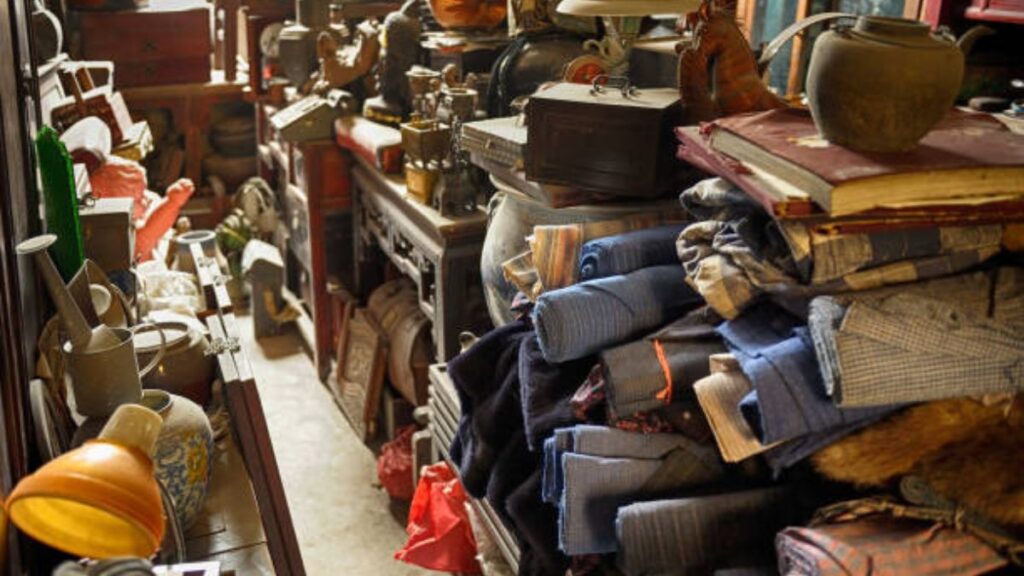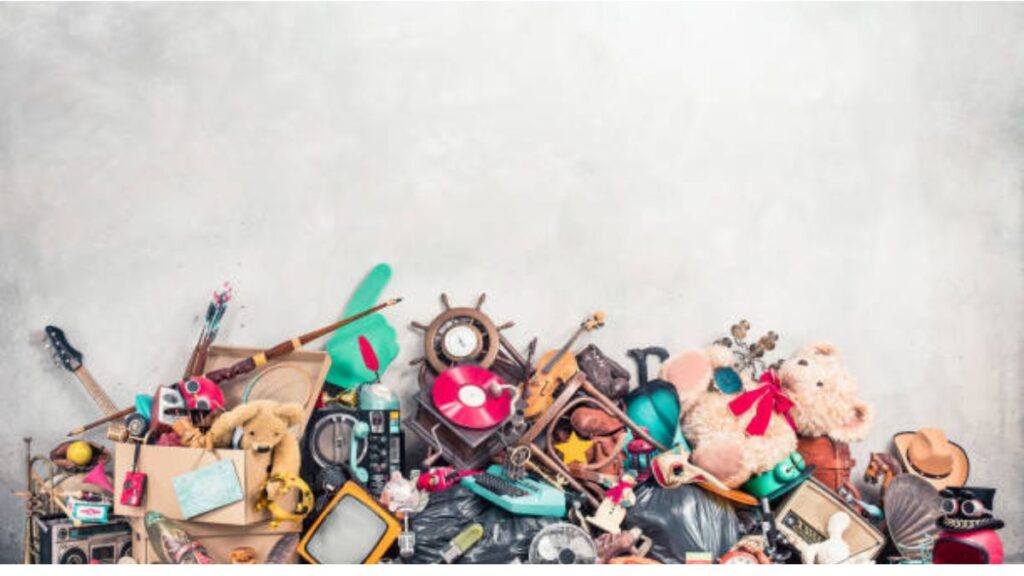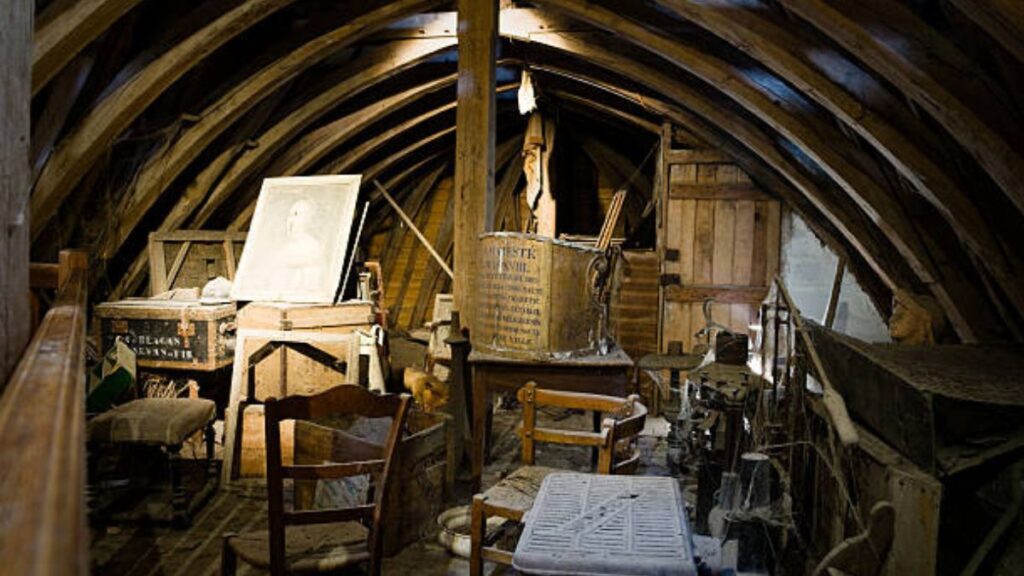Introduction
Junkyard Find: Give new life to old things

In a world where consumerism often leads to a throwaway culture, the concept of giving new life to old things holds immense value. Hidden amidst the piles of discarded items in junkyards lie treasures waiting to be rediscovered and repurposed. From rusty relics to weathered wood, these forgotten pieces have stories to tell and potential to be transformed into something remarkable. Embracing the art of upcycling not only reduces waste but also allows us to reconnect with our creativity and appreciation for craftsmanship.
“What are some creative ways to repurpose junkyard find?”
Repurposing junkyard finds can be a fun and environmentally friendly way to give new life to old items. Here are some creative ideas:
- Garden Art: Turn old metal scraps into sculptures or decorative elements for your garden. Weld together various pieces to create unique sculptures or use old tools as garden stakes or planters.
- Furniture: Salvage old car seats, industrial pallets, or metal frames to create one-of-a-kind furniture pieces. For example, you can turn an old car seat into a funky chair or use pallets to make a rustic coffee table.
- Lighting Fixtures: Repurpose old lamps, metal scraps, or even bicycle parts to create unique lighting fixtures. You can make pendant lights, table lamps, or even chandeliers using these materials.
- Artwork: Use old car parts, metal scraps, or discarded electronics to create mixed-media artwork. Let your imagination run wild and experiment with different materials to make stunning pieces of art.
- Outdoor Kitchen: Transform old metal barrels or car rims into a barbecue grill or a fire pit for your outdoor kitchen. With a little creativity and some basic welding skills, you can create a functional and stylish cooking area.
- Storage Solutions: Use old wooden crates, metal bins, or even car doors to create storage solutions for your home or garage. Hang crates on the wall for stylish shelving or repurpose old doors into a unique coat rack.
- Planters: Turn old tires, metal drums, or ceramic fixtures into planters for your garden or indoor plants. Paint them in vibrant colors or decorate them with mosaic tiles for an extra touch of style.
- Pet Beds: Transform old suitcases, wooden crates, or drawers into cozy beds for your furry friends. Add some cushions and blankets for extra comfort, and your pets will love their new sleeping spot.
- Musical Instruments: Get creative and make musical instruments out of old pipes, metal cans, or wooden planks. From homemade drums to DIY guitars, there are plenty of possibilities for crafting unique instruments.
- Jewelry: Salvage old keys, coins, or metal scraps to create unique jewelry pieces. With some basic jewelry-making tools and a little creativity, you can turn seemingly worthless items into beautiful accessories.
“What are some eco-friendly ways to dispose of items that can’t be upcycled?
When items can’t be upcycled, it’s important to dispose of them responsibly to minimize their environmental impact. Here are some eco-friendly ways to dispose of items that can’t be upcycled:

- Recycling Centers: Many items, such as paper, cardboard, glass, metal, and certain plastics, can be recycled. Research local recycling centers or check with your municipality to find out what materials they accept for recycling and drop off your items accordingly.
- Electronic Waste Recycling: Electronic waste, or e-waste, should be properly disposed of to prevent harmful chemicals from leaching into the environment. Many communities have special e-waste recycling programs or collection events where you can drop off old electronics for recycling.
- Household Hazardous Waste Facilities: Items like batteries, CFL light bulbs, paint, and certain cleaning products contain hazardous materials that can harm the environment if not disposed of properly. Check if your community has a household hazardous waste facility where you can safely dispose of these items.
- Composting: Organic waste, such as food scraps, yard waste, and paper products (like cardboard and newspaper), can be composted instead of ending up in a landfill. Composting not only reduces waste but also creates nutrient-rich soil for gardening.
- Donation: Items that are still in good condition but no longer needed can be donated to local charities, thrift stores, or shelters. This gives them a second life and helps those in need while reducing waste.
- Freecycling: Consider joining a freecycling group or website where you can give away items you no longer need to others in your community who can use them. This way, items find new homes instead of being thrown away.
- Repair Cafés: If an item is broken but repairable, consider taking it to a repair café or workshop where skilled volunteers can help fix it. Repairing items extends their lifespan and reduces the need for new replacements.
- Biodegradable Disposal: Some items, like certain types of packaging or utensils, may be labeled as biodegradable or compostable. Dispose of these items in compost bins or facilities designed to handle biodegradable waste.
- Creative Reuse: Get creative and repurpose items in unconventional ways before disposing of them. For example, old clothing can be turned into rags or fabric scraps for crafting projects.
- Proper Disposal Facilities: For items that can’t be recycled, composted, donated, or reused, research proper disposal facilities in your area. Some items may need to be taken to specialized facilities for safe disposal, such as mattresses, tires, or construction materials.
By choosing eco-friendly disposal methods, you can help reduce waste, conserve resources, and minimize your environmental footprint.
“What are the benefits of upcycling and repurposing old things?”
Upcycling and repurposing old things offer numerous benefits, both for individuals and the environment. Here are some of the key advantages:
- Reduces Waste: Upcycling and repurposing divert items from landfills, reducing the amount of waste that ends up in these facilities. By giving old items new life, you help conserve valuable resources and reduce the environmental impact of waste disposal.
- Conserves Resources: Repurposing old items reduces the need for new materials to be extracted, processed, and manufactured. This helps conserve natural resources such as timber, minerals, and water, which are often used in the production of new goods.
- Saves Energy: The production of new goods requires energy for manufacturing, transportation, and packaging. By upcycling and repurposing old items instead of buying new ones, you help save energy and reduce greenhouse gas emissions associated with production processes.
- Promotes Creativity and Innovation: Upcycling encourages creativity and innovation by challenging individuals to find new and unique ways to use old items. It allows for creative expression and fosters a sense of resourcefulness and problem-solving skills.
- Saves Money: Repurposing old items can save you money compared to buying new products. By using materials you already have or finding inexpensive items at thrift stores or yard sales, you can create functional and stylish items at a fraction of the cost of buying new.
- Preserves History and Heritage: Some old items have historical or sentimental value, and repurposing them allows you to preserve their history and heritage. By giving these items new life, you honor their past while incorporating them into your present-day life.
- Reduces Pollution: The manufacturing and disposal of goods contribute to air and water pollution, as well as greenhouse gas emissions. By upcycling and repurposing old items, you help reduce pollution associated with the production and disposal of new goods.
- Supports Local Communities: Upcycling and repurposing can support local economies by promoting small businesses, artisans, and craftspeople who specialize in creating unique, handmade goods. Buying locally-made upcycled products can also reduce the environmental impact of transportation and support sustainable practices.
- Fosters Mindfulness and Sustainability: Repurposing old items encourages a mindset of mindfulness and sustainability, where individuals consider the environmental impact of their actions and strive to make more conscious consumption choices. It promotes a sense of stewardship for the planet and encourages sustainable living practices.
Overall, upcycling and repurposing old things offer a wide range of benefits, from reducing waste and conserving resources to fostering creativity and supporting sustainable lifestyles. By incorporating these practices into your life, you can make a positive impact on the environment and contribute to a more sustainable future.
In conclusion,
Junkyard finds offer a wealth of opportunities to give new life to old things and unleash our creativity. By embracing the art of upcycling, we not only reduce waste and promote sustainability but also reconnect with the value of craftsmanship and the beauty of imperfection. So the next time you stumble upon a pile of discarded items, don’t see it as junk – see it as a world of possibilities waiting to be explored.
FAQ (Frequently Asked Questions)

Q: What are some examples of upcycled products?
A: Examples of upcycled products include furniture made from reclaimed wood, jewelry crafted from old silverware, and bags made from upcycled fabric scraps.
Q: How does upcycling benefit the environment?
A: Upcycling reduces waste by giving old items new life, conserves resources by reducing the need for new materials, and saves energy by minimizing the production of new goods.
Q: How can individuals incorporate upcycling into their daily lives?
A: Individuals can incorporate upcycling into their daily lives by repurposing old items, shopping at thrift stores or flea markets, and supporting businesses that specialize in upcycled products.
References
- Environmental Organizations: Websites of organizations such as the Environmental Protection Agency (EPA), World Wildlife Fund (WWF), or Greenpeace often provide resources and articles on sustainable living practices, including upcycling and repurposing.
- Sustainable Living Blogs: Many blogs and websites dedicated to sustainable living, eco-friendly practices, and zero waste living discuss the benefits of upcycling and repurposing. Examples include Treehugger, Sustainable Jungle, and The Good Trade.
- Academic Journals: Scholarly articles in fields such as environmental science, sustainability studies, and design often explore the environmental and social benefits of upcycling and repurposing. Websites like Google Scholar or academic databases like JSTOR and PubMed can help you find relevant research articles.
- SEE MORE






